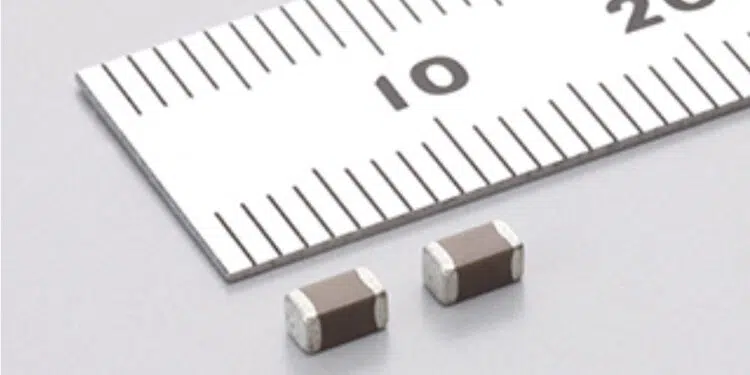Murata Manufacturing Co., Ltd. has developed highest capacitance 1206 size 16V automotive grade multilayer ceramic capacitor (MLCC).
The GCM31CC71C226ME36 multilayer ceramic capacitor (MLCC) for automotive powertrain/safety applications featuring the world’s highest* capacitance of 22 µF for MLCCs in the 1206 inch (3.2 × 1.6 mm) size with a 16V voltage rating. Samples are available now.
- *Murata findings as of December 20, 2021.
With the shift towards increasingly sophisticated vehicles, such as in the case with ADAS (Advanced Driver Assistance Systems) and self-driving vehicles, the number of MLCCs being used per vehicle is rapidly increasing. In response, the miniaturization of components, increase in capacitance, and further advances in safety are in demand.
To address this, Murata developed an MLCC with the world’s highest capacitance of 22 µF for MLCCs in the 1206 inch size with a 16V voltage rating using our proprietary thin-layer sheet forming technology. This technology is made possible through the atomization and homogenization of ceramic and electrode materials. In addition, we have achieved high reliability for maximum operating temperatures and 150% × rated voltage for 1,000 hours in high temperature load long-term reliability tests.
Murata continues to expand our product lineup to further miniaturize sets for and reduce the number of components in MLCCs.
Specifications
| Size | 1206 inch (3.2×1.6mm) |
|---|---|
| Capacitance | 22µF |
| Rated voltage | 16Vdc |
| Temperature characteristics | X7S (−55°C~+125°C) |































